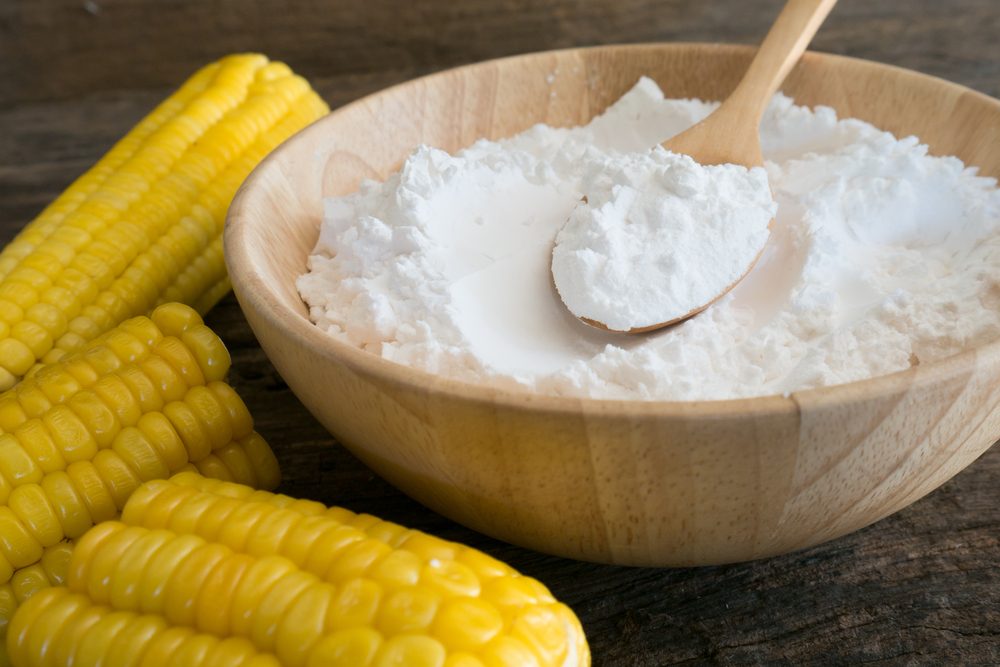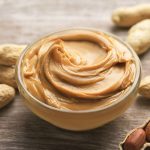Table of Contents
If you have celiac disease or gluten sensitivity, you may be wondering if cornstarch is safe to consume on a gluten-free diet. Cornstarch is a common ingredient used in many food products, including baked goods, sauces, and gravies, to thicken and stabilize them. In this article, we will explore whether cornstarch is gluten-free, how it is processed, potential sources of cross-contamination, and safe food options for people with celiac disease or gluten sensitivity.
Is Cornstarch Gluten-Free?
Cornstarch is derived from corn, which is naturally gluten-free. This means that cornstarch, in its purest form, is also gluten-free. However, some cornstarch products may contain gluten if they are processed in facilities that also handle wheat, barley, or rye. Cross-contamination can occur if the equipment used to process cornstarch is not properly cleaned between batches, or if the same equipment is used to process gluten-containing grains.
To ensure that cornstarch is gluten-free, it is important to read the label carefully and look for products that are labeled “gluten-free” or “certified gluten-free.” The gluten-free label indicates that the product contains less than 20 parts per million (ppm) of gluten, which is considered safe for consumption by people with celiac disease or gluten sensitivity. Additionally, some manufacturers use “corn flour” or “cornstarch” made from non-genetically modified corn to further reduce the risk of cross-contamination.
Cross-Contamination and Gluten-Free Certifications:
Cross-contamination can occur in food processing facilities when gluten-containing and gluten-free products are processed in the same facility. This can happen during harvesting, storage, transportation, and processing. For example, wheat and corn may be grown in adjacent fields, stored in the same silos, transported in the same trucks, and processed in the same milling facility. Therefore, it is important to look for gluten-free certifications, such as the Gluten-Free Certification Organization (GFCO), which verifies that products meet strict gluten-free standards and are safe for consumption.
Cross-contamination can also occur in the home kitchen, especially if gluten-containing and gluten-free products are stored, prepared, or cooked together. It is important to use separate utensils, cutting boards, and cookware to avoid cross-contamination. Additionally, it is important to educate family members and guests about the importance of a gluten-free diet and how to prevent cross-contamination.

Is modified corn starch gluten-free?
Modified corn starch is a common food additive that is used as a thickener, stabilizer, or emulsifier in a wide variety of processed foods, including soups, sauces, and baked goods. Corn starch itself is naturally gluten-free, but the modification process can sometimes involve the use of gluten-containing ingredients or equipment that could cause cross-contamination.
If the modified corn starch is made from corn that is not contaminated with gluten and processed in a gluten-free facility, then it can be considered gluten-free. However, it is important to note that the gluten-free status of modified corn starch can vary depending on the manufacturer and production process. For this reason, people with celiac disease or gluten sensitivity should always check the label and look for products that are certified gluten-free by a reputable organization.
Can corn-based products, such as popcorn and corn chips, be part of a gluten-free diet?
Yes, corn-based products like popcorn and corn chips can be part of a gluten-free diet as long as they are not cross-contaminated with gluten during processing. It is important to read the labels and look for products that are labeled gluten-free to ensure that they do not contain any gluten-containing ingredients or have been processed on equipment that also processes gluten-containing products.
It is worth noting that some brands of popcorn and corn chips may add flavorings or seasonings that contain gluten, such as malt vinegar or soy sauce, so it is important to check the label carefully. Additionally, some people with celiac disease or gluten sensitivity may experience digestive issues with corn, even though it is naturally gluten-free, so it is important to listen to your body and consult with a healthcare professional if you have concerns.
In conclusion, modified corn starch can be gluten-free, but it depends on the manufacturing process, and people with celiac disease or gluten sensitivity should always look for products that are certified gluten-free. Popcorn and corn chips can be part of a gluten-free diet, but it is important to read the labels carefully and avoid products that are cross-contaminated with gluten or contain gluten-containing ingredients.
Safe Food Options for People with Celiac Disease or Gluten Sensitivity:
If you have celiac disease or gluten sensitivity, it is important to avoid gluten-containing grains, such as wheat, barley, and rye, and foods made from them, such as bread, pasta, and cereal. However, there are many safe food options that you can enjoy on a gluten-free diet, including:
- Fruits and vegetables
- Meat, poultry, and fish
- Dairy products (unless they contain added ingredients that contain gluten)
- Legumes and nuts
- Gluten-free grains, such as rice, quinoa, and corn (in its purest form)
When choosing processed foods, it is important to read the label carefully and look for gluten-free certifications or ingredients that do not contain gluten, such as:
- Tapioca starch
- Potato starch
- Arrowroot
It is also important to be aware of hidden sources of gluten in processed foods, such as soy sauce, malt vinegar, and certain types of flavorings and additives. These ingredients may contain gluten and can cause symptoms in people with celiac disease or gluten sensitivity.
When dining out, it is important to ask about gluten-free options and to inform the server about your dietary needs. Many restaurants now offer gluten-free menus or can modify their dishes to be gluten-free.
Conclusion:
In conclusion, cornstarch, in its purest form, is gluten-free. However, cross-contamination can occur during processing, which can lead to the presence of gluten in cornstarch products. To ensure that cornstarch is safe for consumption on a gluten-free diet, it is important to look for products that are labeled “gluten-free” or “certified gluten-free.” It is also important to be aware of hidden sources of gluten in processed foods and to take precautions to avoid cross-contamination in the home kitchen.
If you have celiac disease or gluten sensitivity, it is important to work with a registered dietitian or healthcare provider to ensure that you are meeting your nutritional needs and following a safe and healthy gluten-free diet. With proper education and awareness, you can safely enjoy a wide variety of delicious and nutritious foods on a gluten-free diet.
References:
- Celiac Disease Foundation. (2022). Gluten-Free Diet Guide for Celiac Disease. Retrieved from https://celiac.org/gluten-free-living/gluten-free-diet/
- Gluten Intolerance Group. (2022). Gluten-Free Certification Program. Retrieved from https://www.gluten.org/certification/
- National Celiac Association. (2022). Hidden Sources of Gluten. Retrieved from https://nationalceliac.org/celiac-disease-101/hidden-sources-of-gluten/
- The University of Chicago Celiac Disease Center. (2022). Gluten-Free Diet. Retrieved from https://www.cureceliacdisease.org/wp-content/uploads/341_CDCFactSheets8_FoodLabeling_8.pdf




